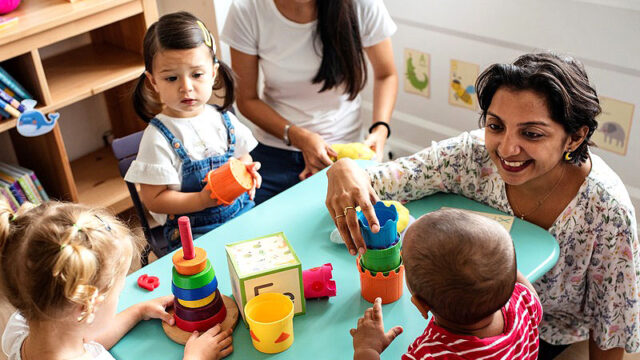Community service at international schools
Hear about some of the meaningful community projects they’ve been involved in!
 Lifestyle Guide To Moving To & Living in Singapore - Expat Living
Lifestyle Guide To Moving To & Living in Singapore - Expat Living
Moving to Singapore and not sure where to start? Expat Living is the essential lifestyle guide to living in Singapore.

From schools to therapy centres, here are some specialists who can help!
Hear about some of the meaningful community projects they’ve been involved in!
Loads of sustainability features!
The campus has had solar panels fitted onto its buildings
Getting immersed in Khmer culture and history
A student-led initiative that bloomed successfully!
Get the low-down on these international schools!
Check out the fantastic programmes available.
It’s housed in a three-storey heritage shophouse in the city!
Students find joy and purpose through engaging learning experiences in school
Good mental health and wellbeing helps learners to thrive
The scholarship will inspire students to perform and achieve.
This transport concierge service helps to get you to work and your kids to school on time!